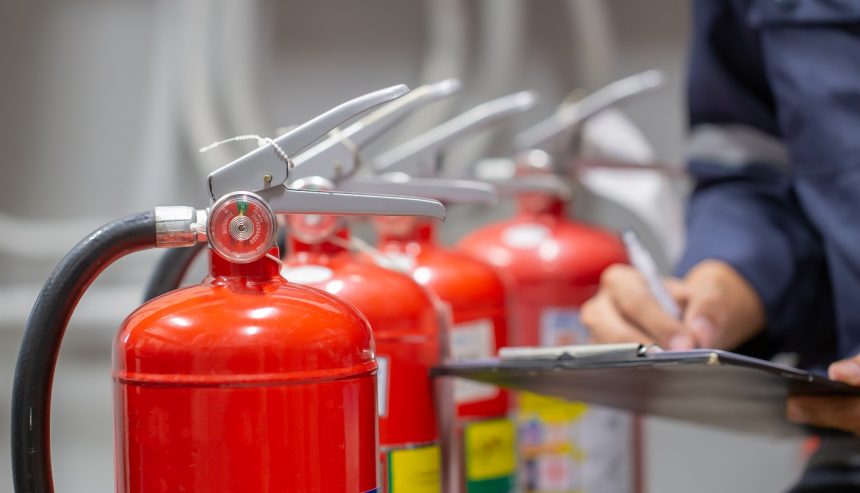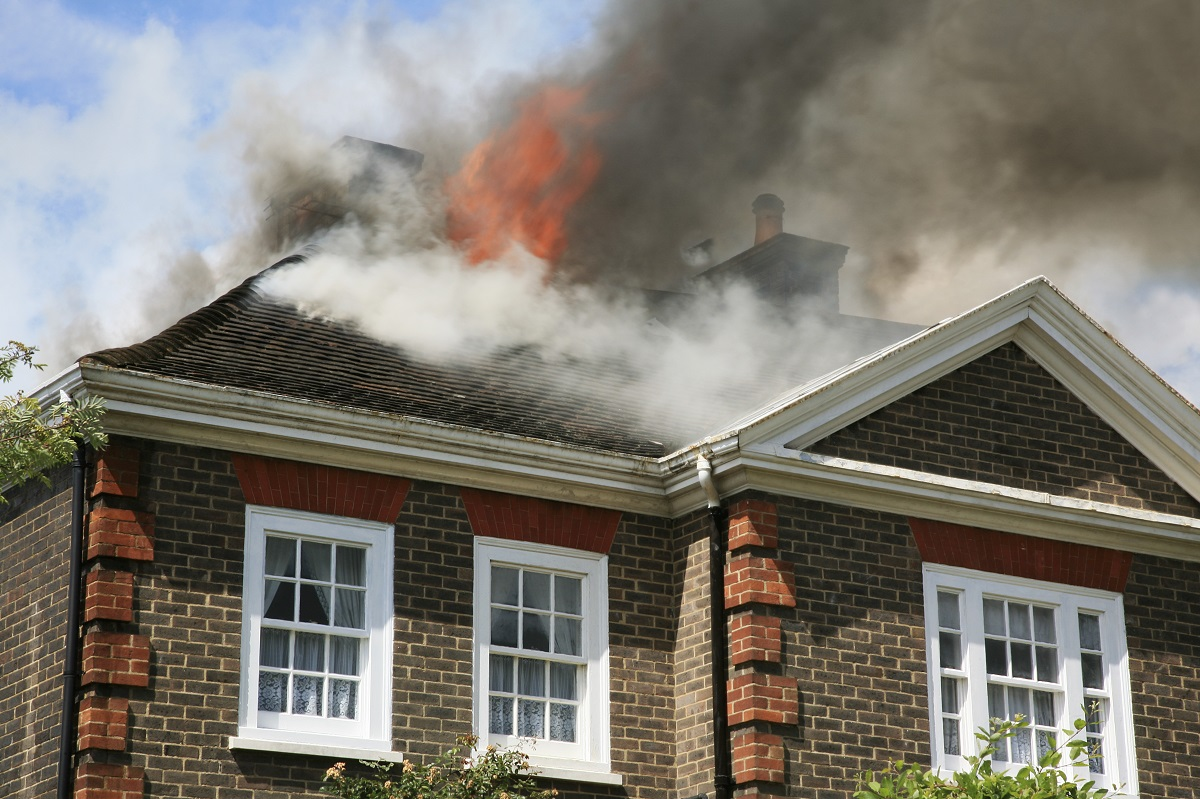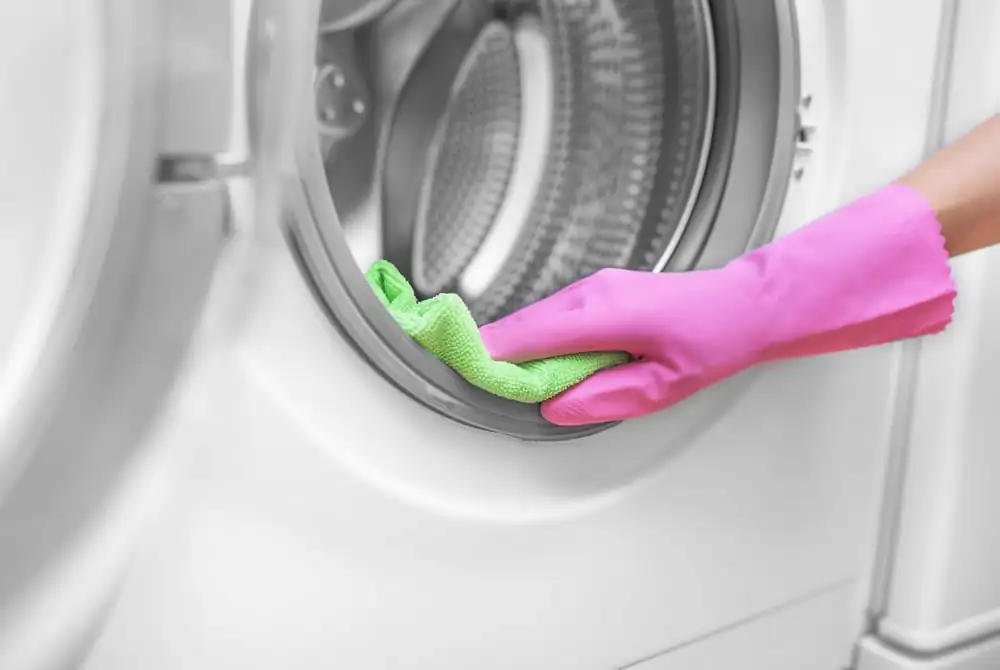Fire extinguishers are essential to every home and property. These safety devices can save lives and prevent property damage when used properly. However, you need to be aware that there are multiple types of fire extinguishers that are appropriate for different areas in a home, as well as types of fires. In this article, you will learn how to choose a fire extinguisher based on your needs.
How to Choose a Fire Extinguisher
Types of Fire Extinguishers
There are 5 main types of fire extinguishers, each designed to tackle specific types of fires:
- Class A: For use with ordinary burnable materials, such as wood, paper, or cloth.
- Class B: For use with flammable liquids like oil, oil-based paints, grease, or gasoline.
- Class C: For extinguishing electrical fires caused by tools or equipment that are plugged in.
- Class D: For use with flammable metals, such as magnesium.
- Class K: Best used for putting out fires caused by fats, vegetable, or animal oils in cooking appliances for potential oil fires.
Note: Class A, B, and C extinguishers are commonly found in homes and businesses, whereas Class D extinguishers are often found in factories, and Class K extinguishers are most appropriate for commercial kitchens.
Multi-Purpose Fire Extinguishers
Many fire extinguishers can handle multiple types of fires and are labeled with multiple letters, such as B-C or A-B-C. This makes them versatile for general use around the home.
Understanding Fire Extinguisher Ratings
Fire extinguishers often have numbers before the letters (for example, 5-A and 10-B or 40-B:C). These numbers indicate the effectiveness of the extinguisher — the bigger the number, the larger the fire it can handle. For example, a 10-B extinguisher is more effective than a 5-B extinguisher.
Choosing the Right Size
Fire extinguishers come in different sizes, each suitable for specific locations:
- 10-pound fire extinguishers: Best for areas like the garage where a fire might be more difficult to notice.
- 5-pound extinguishers: Ideal for the kitchen or laundry room, where most home fires occur.
- 2-pound models: Suitable for cars and vehicles, where fires are typically small.
- Stovetop extinguishers: Can be mounted on the range hood for easy access.
Selecting the Appropriate Fire Extinguisher
Choosing a fire extinguisher depends on where you want to use it and the type of fire likely to occur. For instance, a 5-pound Class B fire extinguisher is ideal for the kitchen. Alternatively, an A-B-C extinguisher can serve as a general-purpose fire extinguisher, although it may not be as effective as a specialized extinguisher for certain types of fires.
Safety Tips for Using Fire Extinguishers
When attempting to put out a fire with a fire extinguisher, it’s crucial to follow safety guidelines to ensure effectiveness and personal safety. Here are a few tips:
- Assess the situation: Ensure the fire is small and manageable before attempting to extinguish it. If it’s spreading quickly, evacuate immediately and call emergency services.
- Use the PASS technique: Pull the pin, Aim the nozzle at the base of the fire, Squeeze the handle, and Sweep the nozzle from side to side.
- Maintain a safe distance: Stand approximately 6-8 feet away from the fire.
- Have an escape plan: Always have a clear path to exit in case the fire becomes uncontrollable.
For detailed safety instructions, refer to our fire extinguisher usage guide.
Contact PuroClean Today for Smoke Damage Restoration
For professional fire, water, and mold restoration services, contact your local PuroClean office. We provide expert assistance to help restore your property and ensure your safety after a fire incident.
By understanding the different types of fire extinguishers and how to use them, you can better protect your home and loved ones from the devastating effects of a fire.




